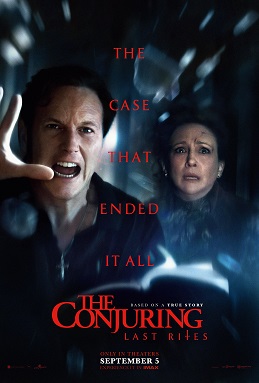“Challenger Deep”: a Captivating Tale About Mental Illness

From publisher Simon & Schuster
“Challenger Deep” cover from Simon & Schuster. The main character Caden Bosch is pictured underwater.
“Challenger Deep” tells the story of Caden Bosch, a boy who descends into mental illness, and his journey to recovery. The story alternates between two realities, one where Caden is a sailor on a ship heading for the Mariana Trench, and in the other, he is an average kid. When the people around him grow concerned, they admit him to the Seaview Memorial Hospital, where he receives treatment.
When I first saw “Challenger Deep,” I was immediately drawn in by the cover, and I found the book description intriguing. However, since the book seems to take place in two different worlds, the story felt disconnected at the beginning. As the story progresses, the reader can begin to piece together that Caden’s delusions are based on his reality. This makes the story a lot easier to understand.
One of the best parts of the novel was the pacing of the short chapters and how fluid the writing was. “Challenger Deep” was written mainly in the first person, limited-omniscient, however, the writing does change to the second person. It changed to capture the intensity of what was happening to him. After his mind starts to heal, the narration switches back to the first person.
Every person Caden meets in the hospital has a counterpart in his delusion. The psychiatrist at the hospital, Dr. Poirot, appears as a parrot in Caden’s delusion. In his delusion, Caden had to choose to work with either the parrot or the Captain of the ship. Another thing that corresponds to his delusions is when events happen in the hospital, it also happens on the ship, just in a different form. When he was taken for a CAT scan in the hospital, he perceived that as him being put in a cannon on the ship.
The book ends with Caden recovering and being discharged from the hospital. However, he knows that the Captain will always be there trying to get him back on the ship. The ending of the story was amazing. It showed that even though he had recovered, it didn’t mean he wouldn’t relapse.
It was easy to tell that the author had deep emotional ties to this book. Author Neal Shusterman said his son, Brendan Shusterman, was diagnosed with schizoaffective disorder. The art in the book was actually drawn by Brendan when he was in the hospital. It was an extremely personal touch to the book, and I’m glad it was included.
Thanks for reading The Falconer. We're happy to provide you with award-winning student journalism since 1963, free from bias, conflicts of interest, and paywalls. We're able to continue with the generous support of our local community. If you're able, please consider making a donation. Any amount is incredibly helpful and allows us to pursue new and exciting opportunities.
Hey! My name is Madison Fishback and I am a freshman. Some of my hobbies include reading, writing short stories with friends, and photography. Outside...








